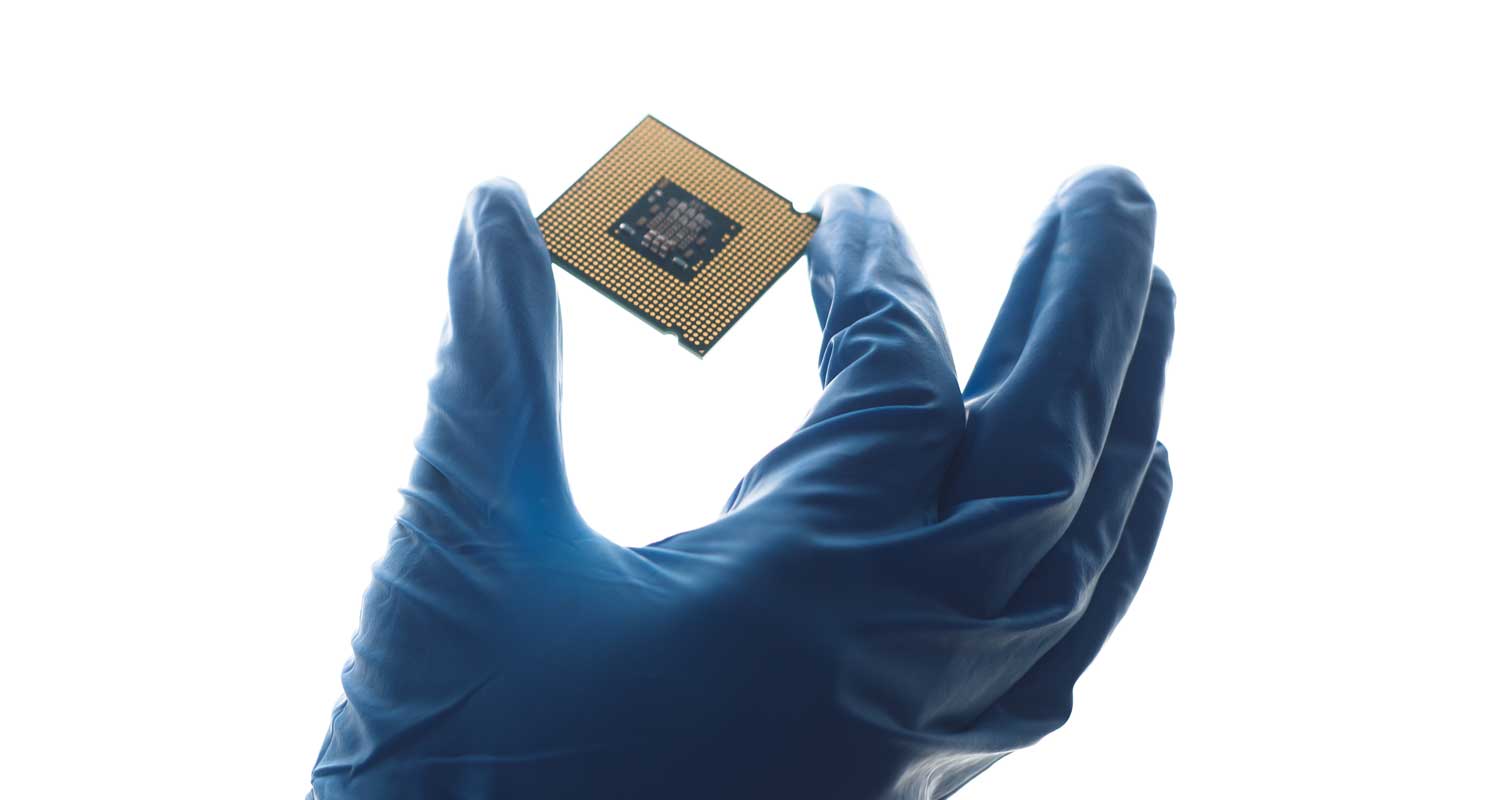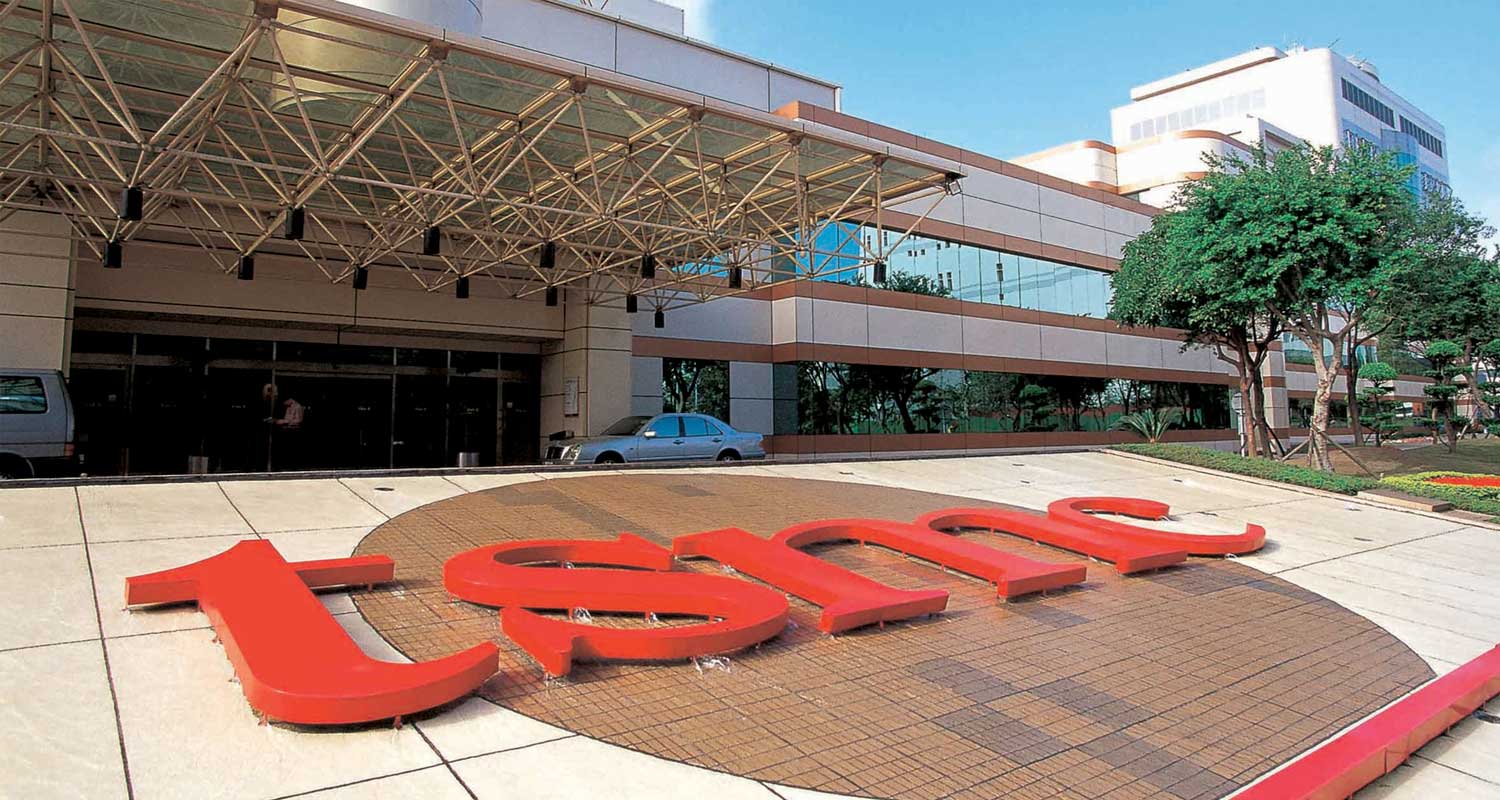 From Intel to SK Hynix, some of the world’s largest semiconductor makers stunned investors with brutal losses heading into 2023. But two Asian companies — Taiwan’s TSMC and South Korea’s Samsung Electronics — navigated the turmoil with greater agility, underlining a changing of the guard.
From Intel to SK Hynix, some of the world’s largest semiconductor makers stunned investors with brutal losses heading into 2023. But two Asian companies — Taiwan’s TSMC and South Korea’s Samsung Electronics — navigated the turmoil with greater agility, underlining a changing of the guard.
“Astonishingly bad,” Bernstein analyst Stacy Rasgon said of the performance at Intel, a company that once set the pace for the entire chip industry. South Korea’s Hynix posted the largest loss in its history and vowed to slash output, capital expenditure and other costs in a bid to recover.
Meanwhile, TSMC reported surging earnings and, while acknowledging some weakness in demand, predicted it would boost revenue again in 2023. The Taiwanese company overtook Intel as the leading producer of advanced logic chips and pulled in almost US$13-billion more in revenue than its US rival. Samsung also fared much better than its peers, and flaunted its success by promising to maintain capital spending while all of its rivals retreat.
The reality is that the two East Asian companies have built more robust businesses and their scale now threatens to bury the competition. TSMC has proven so skilled at crafting bespoke chips for customers like Apple and Nvidia that no other chip maker has a chance of closing the gap anytime soon. Samsung, the closest to matching TSMC’s manufacturing prowess, has used that advantage to lap rivals like Hynix and Micron Technology in the memory-chip business.
Semiconductor industry downturns vary in length and severity, but bigger companies typically weather them better. That is proving true again. Makers of everything from smartphones to PCs and industrial equipment built up too much inventory, and as a result have cut orders. They hit the brakes much faster than suppliers could rein in production, causing price declines and a costly lurch to slow factory output.
Meanwhile, Samsung, the world’s largest chip maker by revenue, had a horrible fourth quarter. Revenue at its semiconductor unit fell 24% from the same period a year ago and operating income plunged to a fraction of where it had been just three months earlier. Still, it was able to scrape together a profit, when smaller rivals Western Digital, Micron and Hynix all reported losses.
Bleeding
“Samsung makes positive cash flow, while rivals are bleeding cash,” said Marcello Ahn, portfolio manager at Quad Investment Management. “When the memory industry enters the next up-cycle, Samsung’s cost base will be much lower than others and its margin will be higher.”
In memory in particular, being able to spread the massive costs of running chip plants over a greater volume of products shipped helps make operations more cost effective.
TSMC has caught and passed Intel quicker than even the most optimistic analysts had predicted. Revenue at the Taiwanese company whose plants serve many of the world’s biggest firms with outsourced production surged 33% last year while Intel’s declined 20%. It offers many of Intel’s competitors and customers the most advanced production available.
In the chip industry, leadership isn’t just measured in market share and revenue. More than in perhaps any other business, production technology is vital to the performance of semiconductors. Being able to use the very latest techniques and equipment gives chip makers not just better costs, but the ability to produce chips they can sell at a higher price because they’re more capable.
Intel, the company that dominated semiconductors for decades — and whose products gave Silicon Valley its name — got its position partly via an aggressive use of the brutal economics of the industry. Executives would tell investors that spending heavily on new plants, equipment, and research and design — particularly when earnings were under pressure — was the best use of company resources. The logic was that when the next period of strong demand came along, Intel would be in a better position to capitalise than competitors who backed off and allowed their production to stagnate.

Both of Intel’s East Asian rivals have taken a page out of that playbook. TSMC is planning to lay out as much as $36-billion on capital expenditure this year, which would be more than analysts projected. Earlier this week Samsung also defied pressure to scale back investment, and said it would spend at a similar level to 2022, when it poured about $39-billion into upgrading production and building facilities.
Intel, which decided not to give projections for this year, said it’s targeting “capex intensity” of about 35% of revenue. Analysts estimate Intel’s revenue will be about $51-billion this year, indicating its budget will be much smaller than either TSMC or Samsung’s.
In memory chips, where Samsung gets most of its semiconductor revenue, budget cuts for 2023 are also planned at Micron, Hynix and Western Digital, which operates a joint venture for production with Japan’s Kioxia Holdings.
While TSMC’s aggressive spending plans may put more pressure on Intel, it’s likely good news for a swathe of companies across the electronics industry and beyond. Many of them have leveraged TSMC’s capabilities to create and manufacture new products, where they’d previously have struggled to supplant Intel chips. Apple is the most notable example, with its Silicon chips for iPhones and Mac computers fabricated exclusively by TSMC.
Read: TSMC tops estimates, bucking trend as industry cools
AMD, which for most of its existence has struggled in Intel’s shadow, uses TSMC to manufacture its server and PC processors and graphics chips. The company now gets more revenue per quarter than it was bringing in annually as recently as 2017. In the fourth quarter, AMD’s data centre business posted a sales increase of 42% from a year earlier. Intel, meanwhile, saw its data centre and artificial intelligence business fall 33%.
Read: TSMC starts mass production of 3nm chips
“We are in the early innings of a historical/generational shift in compute power in Silicon Valley,” Rosenblatt Securities analyst Hans Mosesmann wrote in response to that divergence of results.
Read: Stumbling Intel says it will recover its balance
Qualcomm, the biggest maker of smartphone chips and a TSMC and Samsung manufacturing customer, showed signs of success in its push into new businesses in the December quarter, when revenue from its automotive and connected devices divisions helped offset a slump in mobile phone demand. — Ian King and Sohee Kim, (c) 2023 Bloomberg LP




